
Contributed by Sharon Butler / In his first solo show at Greene Naftali, Peter Halley contends with the new American reality of an increasingly shameless and authoritarian state under which, despite the best efforts of an overstretched free press and an embattled political opposition, the difference between fact and fiction has become increasingly obscured. Halley has outfitted the cavernous gallery with metallic floor-to-ceiling digital prints, tweaked lighting, a handful of his signature paintings, and intermittent sound emissions to create a disturbing sense of unease and “topsy-turvy disorientation. In the back room, as a mordant coda, Halley has included one of Robert Morris’s 1978 sculptures made of classical architectural fragments and a distorting fun house mirror.
Responding to the bunker-like space, Halley begins the show with a greyscale installation in the courtyard. He mounts one of his earlier paintings, a 1994 piece called Cell with Conduit, in the entryway, and on the adjoining wall installs a mural-size metallic digital print that echoes the wall’s cinderblock pattern. From the beginning, reality appears fluid:the painting seems to become part of the infrastructure while the cinderblock pattern appears to be part of the painting.


Inside the first gallery, Halley has created a room-sized installation using another metallic digital print and custom lighting. He begins to turn on the color, in the form of yellow translucent film applied to the windows and perception-altering yellow light. According to the press materials, Halley used the explosion motif in the 1990s, but this was the first time I had seen it, and the undulating, non-geometric nature of the image signaled that Halley was engaging with new ideas.


Walking into the main gallery, the viewer is confronted with awall covered in the metallic cinderblock, on which two new greys paintngs hang. In this room, the yellow introduced as light in the first gallery is the actual color of the surfaces, covering the three walls and all the columns in the room. The light is a bright white, and music plays intermittently on the sound system. Over the course of the installation, the work changes from from depressive cinderblock greyscale to full-on, high-key color. I was reminded for a moment of the point in The Wizard of Oz when the black-and-white film becomes color, but in this case something more sinister than Munchkin Land emerges.


In the main gallery space, nine new paintings hang on the vivid yellow walls and feature the signature cells, prison, and conduit motifs that Halley has painstakingly developed over the last 40 years. But in this new setting, the rigidity and claustrophobia of previous exhibitions recedes. Mounted on the yellow wall, the paintings loom as free-floating entities, similar in form but untethered from one another. Beyond the oft-noted political polarization of the country, they impart a profound loss of connection and community.



After taking in the painting installation, I entered the back room, a — darkened grotto, lit theatrically — with a few warm spotlights. Robert Morris’s sculpture, which for many viewers must be a distant memory, stands quietly, elegantly encapsulating the disorientation that has occurred in the last nine months, since the Trump administration took control of the government.

In past exhibitions, Halley has employed a clearly articulated abstract visual language to express ideas about how technology, institutional control, and global interaction affect the individual. In this expansive and insightful new exhibition, he seems to be suggesting that the world is in flux, and that facts and intellectual understandings are not as firm as he had previously thought. Truth, no longer a given, drifts.
“Peter Halley: Ground Floor,” Greene Naftali, Chelsea, New York, NY. Through October 21st, 2017.
About the author: Sharon Butler is a painter and the publisher of Two Coats of Paint.

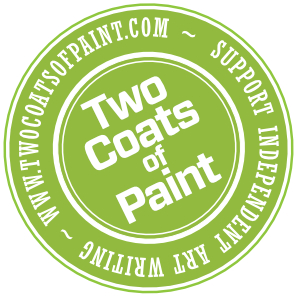

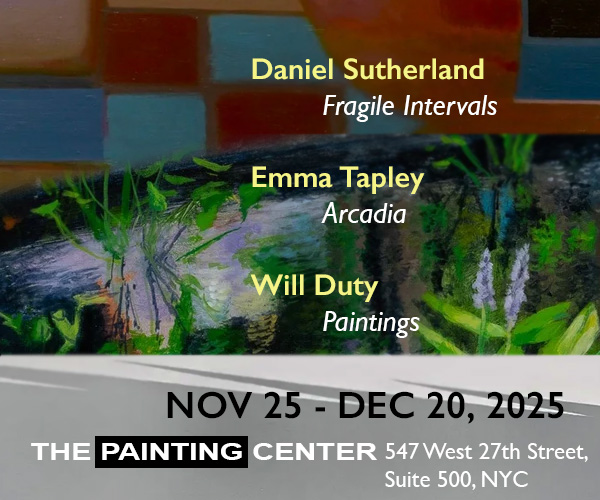

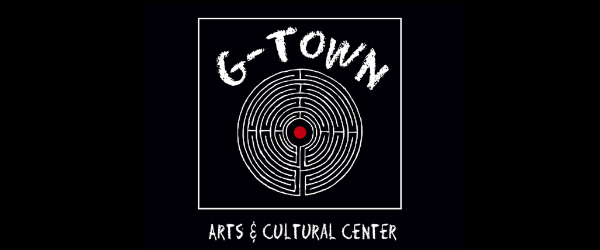
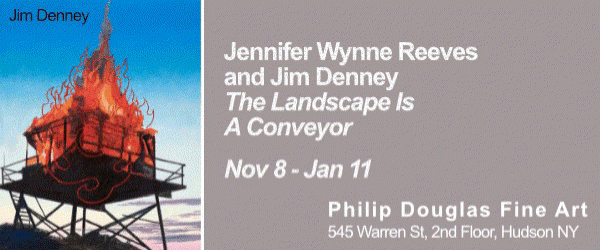












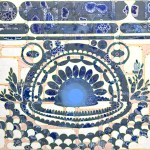

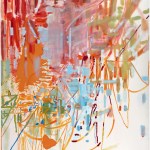
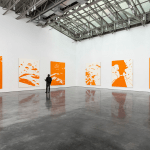
Designing for hospitals years ago, I was told that yellow is the one color that could not be used, because it makes cancer patients feel uncomfortable, even nauseous (maybe those in chemo?).